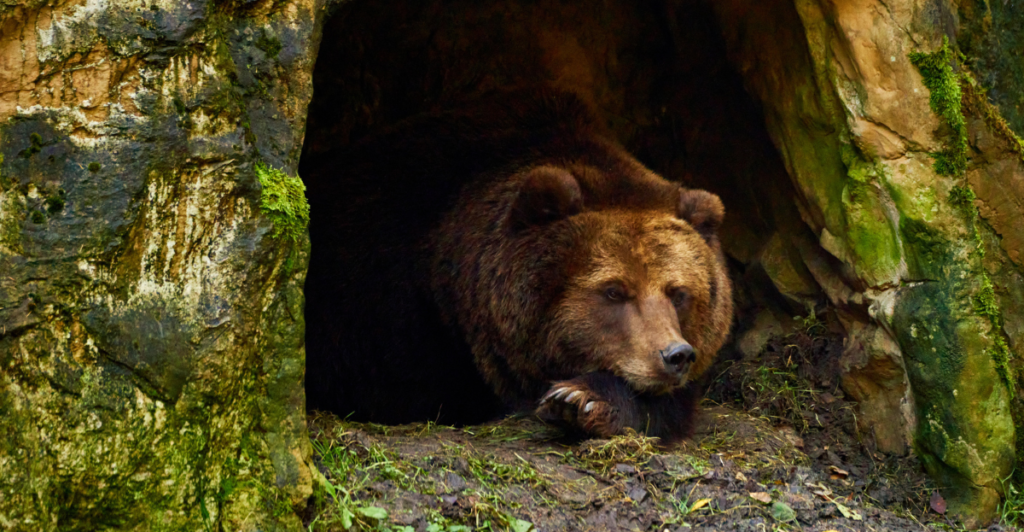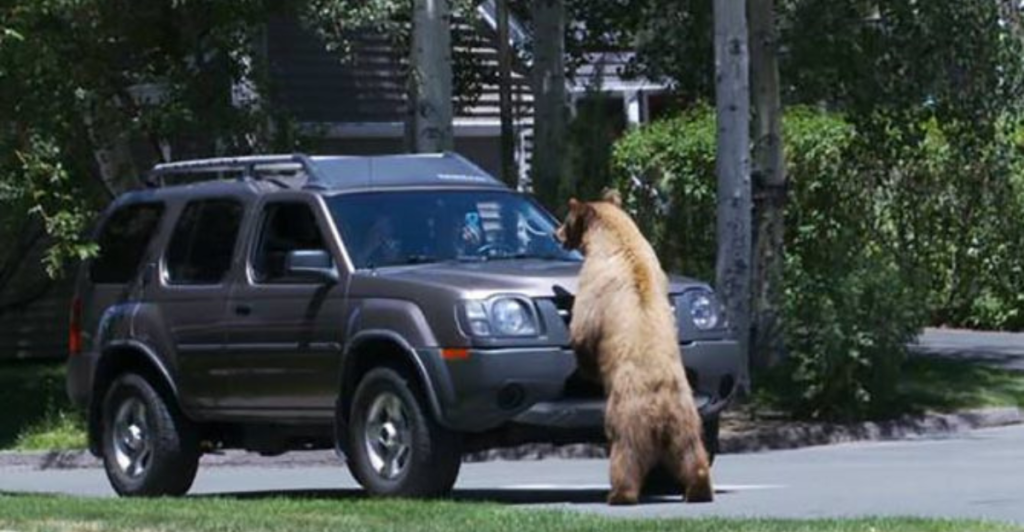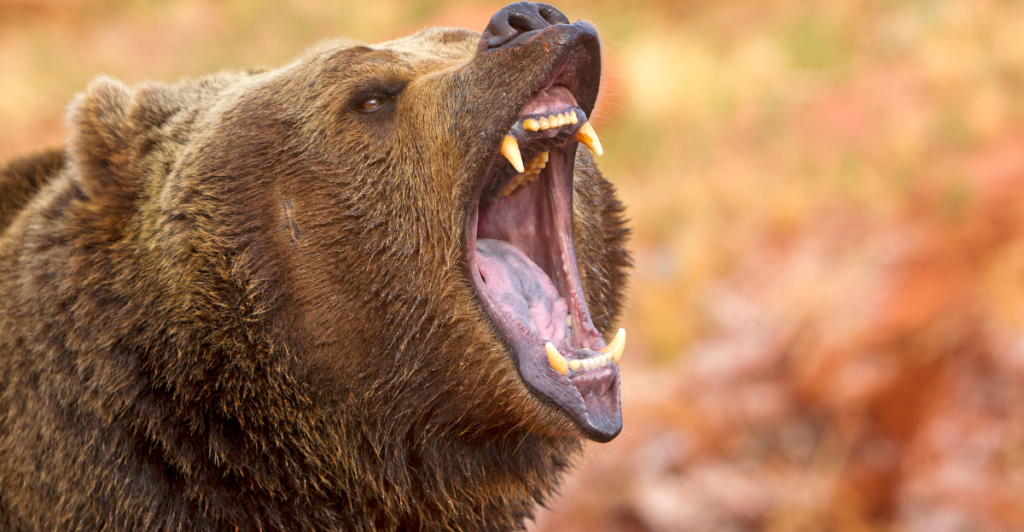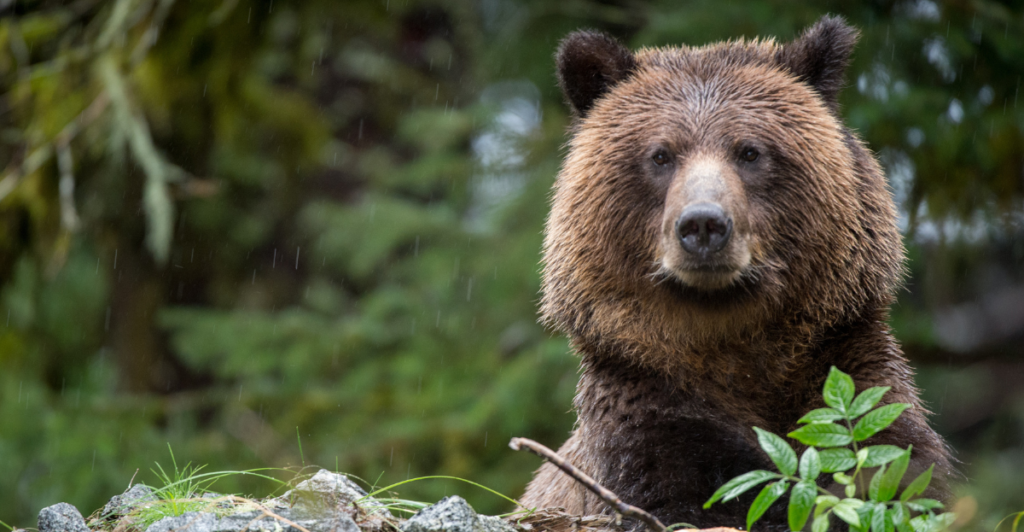
Grizzly bears used to roam the vast open landscapes of California freely and with no care in the world before going almost completely extinct in the state. Before 1850, researchers believe that more than 10,000 bears roamed nearly every region except the Mojave Desert. A comprehensive new feasibility study by the California Grizzly Alliance reveals that the state’s vast mountainous areas could support a sustainable population of over 1,000 grizzlies, provided sufficient public support and funding for a carefully managed reintroduction program. Will these bears roam around freely once again?
How These Bears Became Scarce

As remarkable and intimidating as these creatures are, they mostly grew scarce in the area due to increased human activity. As settlers expanded agriculture and livestock farming across the state, grizzlies were increasingly seen as threats for preying on livestock and occasionally attacking people. This perception, often exaggerated in contemporary accounts, fueled widespread hunting, trapping, and poisoning campaigns against the bears.
Strychnine-laced baits were also used to kill them, and a state bounty law was enacted in 1876 to encourage their eradication. Despite being primarily herbivorous for millennia, the bears shifted to consuming more meat, including livestock, due to habitat changes and human encroachment.
Feasibility of Reintroduction

Extensive research done in the area has shown that the state’s mountainous regions offer ample suitable habitat for a sustainable population. A 2025 feasibility study by the California Grizzly Alliance estimates that California could support around 1,180 grizzlies across three key areas: the Transverse Ranges, the Sierra Nevada, and the Northwest Forests. “This feasibility study builds on nearly a decade of research conducted through the California Grizzly Research Network and California Grizzly Alliance,” the authors write in their 200-page report.
“Much remains to be done. At each stage along the way, however, our lessons pointed to a clear and consistent conclusion: California (the place) likely contains plenty of habitat for a sustainable population of grizzly bears. The question is whether Californians (the people) will embrace such a bold and visionary project.”
Ecological Benefits of Grizzly Bears

Having these bears around once again is more than respecting an iconic animal; it has some profound environmental benefits that should be considered. Grizzlies aerate and enrich the soil by digging for roots and insects, promoting plant growth much like a natural rototiller. Their consumption and dispersal of seeds help increase plant diversity, while their scavenging of carcasses recycles nutrients back into the soil, enhancing fertility.
Grizzlies also influence the behavior and population dynamics of herbivores like deer and elk, preventing overgrazing and supporting a more balanced and diverse ecosystem. In coastal areas, their feeding on salmon transfers marine nutrients to terrestrial environments, benefiting a wide range of species.
Public Opinion and Community Perspectives

Regarding whether these bears should be reintroduced into the area, public opinion leans toward cautious support, with about two-thirds of Californians favoring the idea, according to recent polls. Many people admire the grizzly as a powerful symbol of the state’s natural heritage and see its return as ecological and cultural restoration, particularly among Indigenous tribes who honor the bear’s historical significance.
“People need to realize that the grizzly bear isn’t just a symbol on a flag – it was a real animal that shaped California’s ecosystems and holds deep meaning for Tribal Nations across the state,” said Tejon Tribe Chairman Octavio Escobedo III. However, rural communities, ranchers, and some wildlife officials remain concerned about the potential for increased human-bear conflicts, livestock losses, and the challenges of managing a large apex predator in a heavily populated state.
Safety and Human-Bear Conflict

Although grizzlies are large and powerful animals capable of running up to 35 mph and weighing up to 1,000 pounds, the new feasibility study emphasizes that the statistical risk they pose to humans is extremely low. Most wildlife-related fatalities in the U.S. involve vehicle collisions with deer, not bear attacks.
However, wildlife officials acknowledge that reintroducing grizzlies would likely lead to increased encounters and conflicts, like property damage or livestock losses, similar to issues already seen with the state’s black bear population. Ultimately, successful coexistence would depend on sustained investment and community cooperation to keep both people and bears safe.
Economic and Logistical Considerations

The initial management program is estimated to cost around $3 million annually for the first decade, a relatively modest investment given the scale of the project and its long-term ecological benefits. However, the proximity of prime grizzly habitats to livestock operations raises concerns about potential conflicts and economic impacts on ranchers, who may face increased risks to their animals. Logistically, reintroduction would involve capturing bears from existing populations, such as those in Yellowstone National Park, and carefully relocating them to suitable habitats in California’s mountain ranges.
“Reintroducing grizzly bears potentially into places where people live, recreate, and raise livestock would likely necessitate further management of human-wildlife conflicts, which is already extremely challenging with the animal species that are here — notably mountain lions, wolves, black bears, and coyotes,” said Peter Tira, a spokesperson for the California Department of Fish and Wildlife.
The Role of Indigenous Knowledge

For thousands of years, Indigenous tribes have shared a deep spiritual and ecological relationship with the grizzly, viewing the bear as a teacher, land ambassador, and an integral part of their cultural identity. This perspective is supported by recent studies combining modern science with Indigenous knowledge, which reveal how grizzlies historically shaped landscapes by creating meadows, dispersing seeds, and sustaining water sources during droughts.
Indigenous communities continue to honor the grizzly through prayers and ceremonies, emphasizing that the bear remains spiritually alive even if physically absent. It’s important to respect tribal sovereignty and cultural heritage throughout this process and take a more holistic approach to bringing the grizzly back to California’s wildlands.
The Legalities Behind This Program

The California Department of Fish and Wildlife (CDFW) has not initiated a formal reintroduction program, citing budget constraints and the state’s vastly changed landscape since grizzlies were last present. Any reintroduction effort would need approval and support from the California Fish and Game Commission, the state legislature, and the governor’s office. The bears would likely be relocated from existing populations, such as those in Yellowstone National Park, necessitating federal involvement and compliance with wildlife protection laws.
The California Grizzly Alliance’s recent feasibility study has opened dialogue with policymakers. Still, without legislative direction, dedicated funding, and comprehensive management plans, reintroducing remains a long-term prospect dependent on political will and public support.
A Choice for California

The decision to reintroduce grizzly bears to California is a deliberate choice for the state’s residents and policymakers. Scientific research and the California Grizzly Alliance’s comprehensive feasibility study conclude that no biological, social, financial, or legal barriers prevent the bears’ return to their historic habitats.
“Whether or not we bring grizzly bears back to California is a choice, as there is no biological reason we couldn’t do it,” said Dr Peter Alagona of the University of California. “A decade of research informing this study demonstrates that grizzlies likely can thrive in California if we make the affirmative decision to bring them back.”
Explore more of our trending stories and hit Follow to keep them coming to your feed!

Don’t miss out on more stories like this! Hit the Follow button at the top of this article to stay updated with the latest news. Share your thoughts in the comments—we’d love to hear from you!







